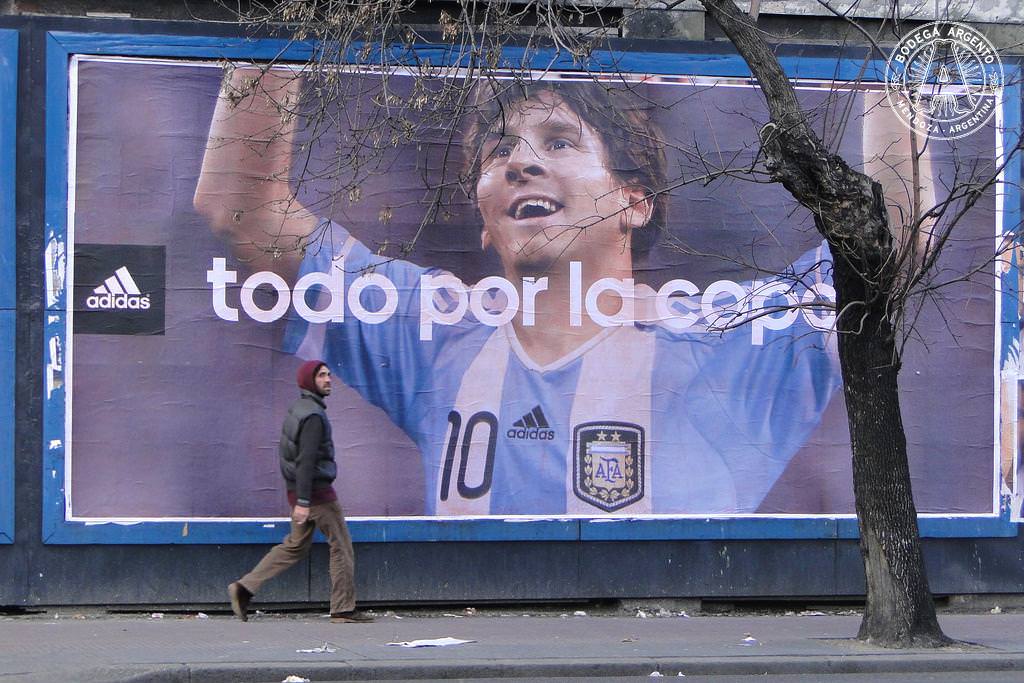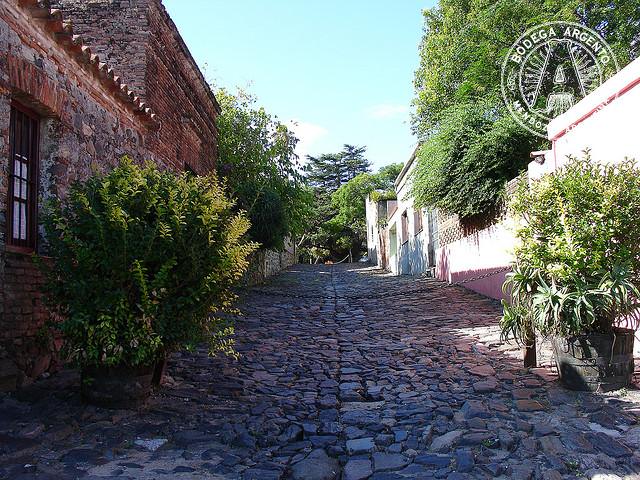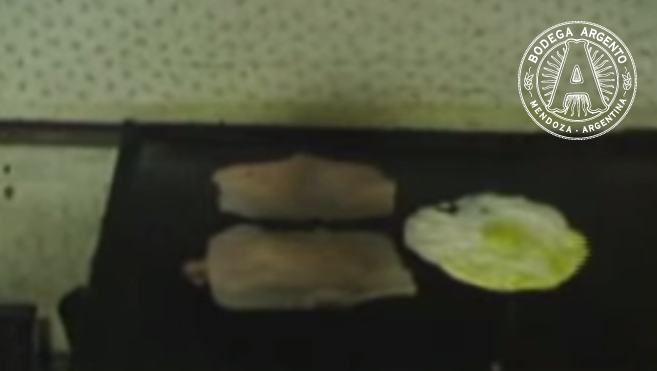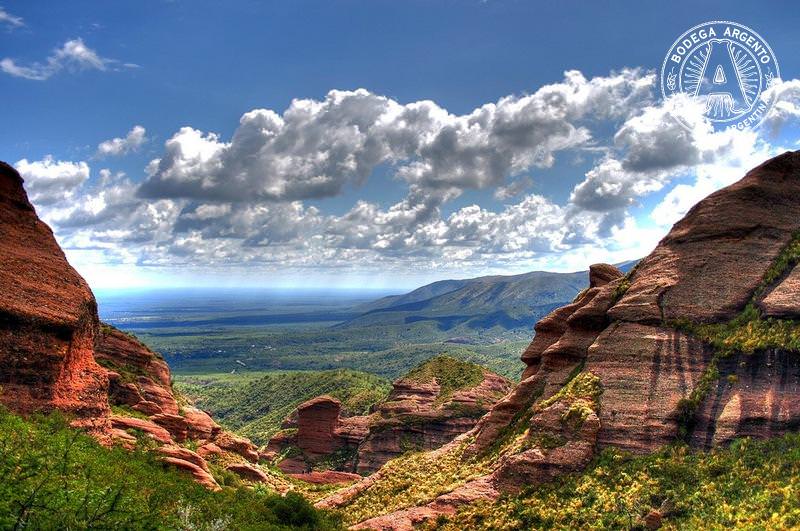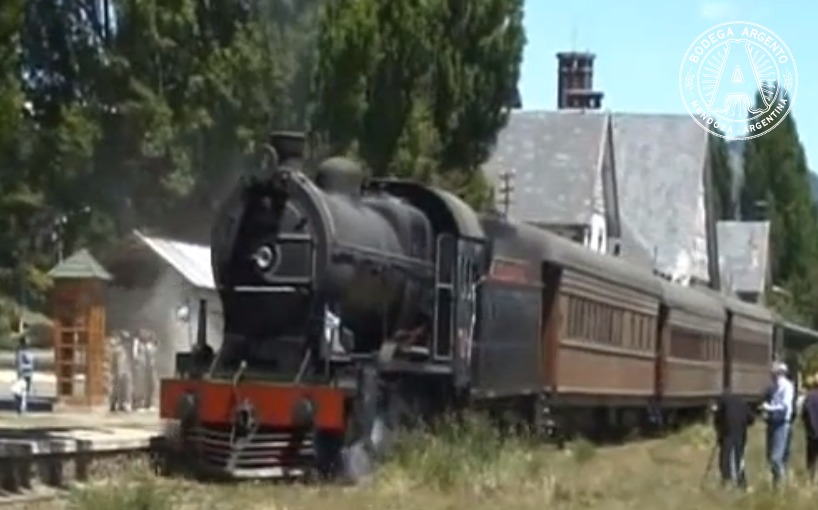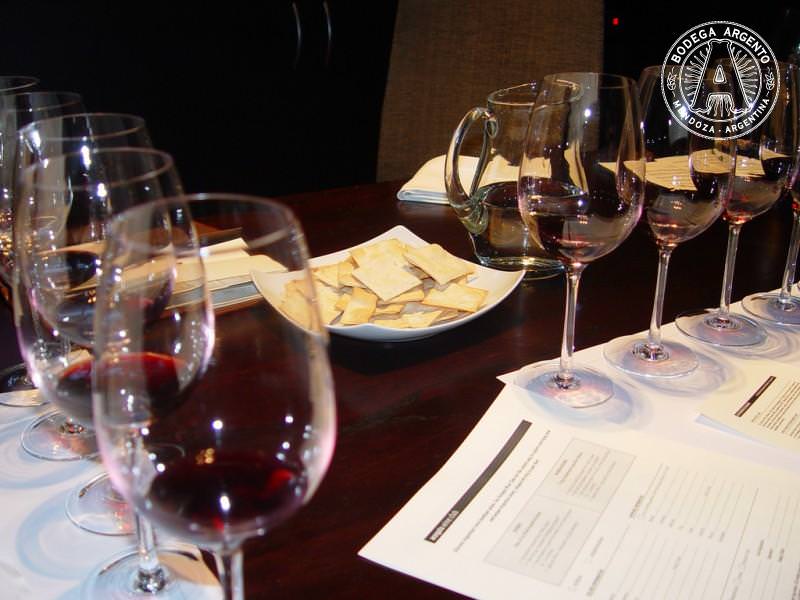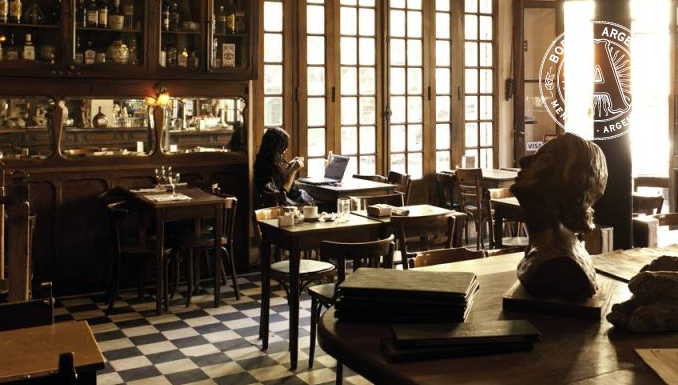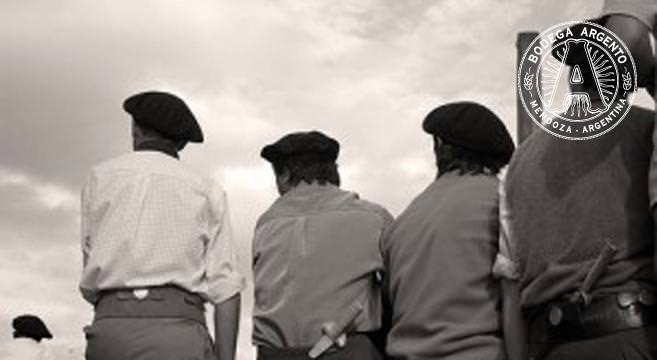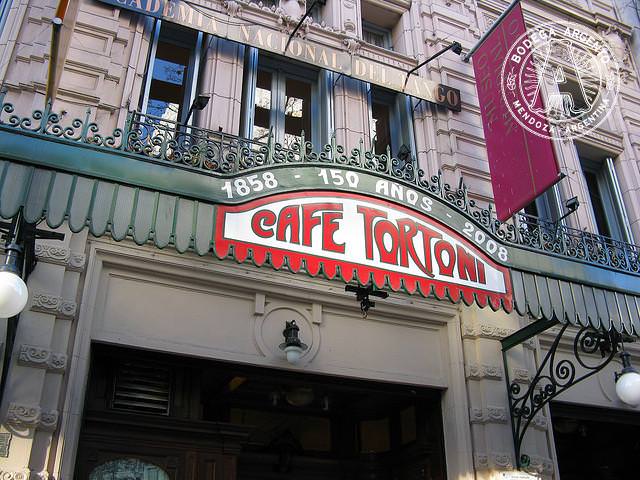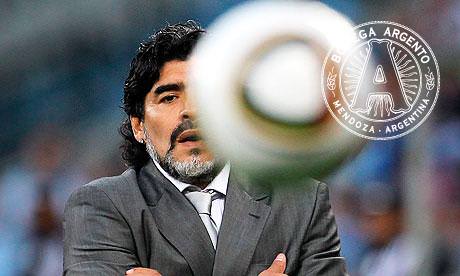Author: Daniel Neilson
Daniel Neilson is a freelance writer and photographer, and lived in Buenos Aires for five years eating too much meat, going hoarse at football games and thoroughly failing to learn a step of tango. He edited Time Out’s Buenos Aires guidebook and has contributed words and photos to a variety of publications about Argentina for Four Four Two, The Wire, CNN Traveller, Real Travel, Adventure Travel and the Observer among others. He now spends his days drinking imported mate and planning his return journey.
Daniel Neilson is a freelance writer and photographer, and lived in Buenos Aires for five years eating too much meat, going hoarse at football games and thoroughly failing to learn a step of tango. He edited Time Out’s Buenos Aires guidebook and has contributed words and photos to a variety of publications about Argentina for Four Four Two, The Wire, CNN Traveller, Real Travel, Adventure Travel and the Observer among others. He now spends his days drinking imported mate and planning his return journey.
We’ve waxed lyrical about Lionel Messi on the Real Argentina before. In fact we were so gushing about him, now looking back at the series of World Cup posts, we noticed that we even included an exclamation mark. An exclamation mark! Ye gods! Is it any coincidence that Messi’s surname forms most of the word Messiah?
A short ferry ride across the Rio del Plata, picturesque Colonia del Sacramento in Uruguay makes an easy getaway from the hustle and bustle of Buenos Aires.
Ahh, the lomito sandwich. In Turkey they have a kebab; in England, well, they have the kebab too; in the US it’s a burger. In Argentina, it’s the lomito. It’s the fast food to go, it soaks up the alcohol, it’s a lunchtime comfort food and it’s a classic.
Mention to anyone from Buenos Aires you’re going to Córdoba and they’ll make a drinking notion with their hand, and usually a sound like ‘wa-hey’. But Córdoba also has a rich cultural heritage and fascinating history just waiting to be explored.
Patagonia. The word alone stirs up evocative images, but ones that are sometimes misconceived. Is it a desolate hinterland or an Alpine wonderland? In reality, it’s both, and one of the best ways to experience this starkly beautiful landscape is to travel through it by train
The Uco Valley covers a vast area, and visiting the bodegas requires a little forward planning. There are basically two options: organise it yourself, or join a tour. In this guide, we’ll look at some of the options for tours, as well as some reputable tour companies.
The neighbourhood of San Telmo is the Buenos Aires that people imagine when they think of the city. Dancers really do tango on the plazas, the sound of an accordion can be heard echoing through doorways and elephantine steaks are served in the area’s restaurants.
The gaucho is an important symbol for Argentines. Equally revered and feared, the gaucho is the paragon of the stoicism required through a life of hardship – an admired virtue in this country. A life on the pampas; lonely; always in danger; quietly pushing forward the rickety wheels of Argentinian industry.
Just after midnight, one drizzly Friday morning in the poor Buenos Aires neighbourhood of Abasto, I wandered through a rusty door. Inside the cavernous Club Atlético Fernandez Fierro, The Stooges’ ‘I Wanna Be Your Dog’ echoed, anti-globalist art was lit up under a roving mirror ball and students knocked back the cheap Italian liqueur fernet mixed with cola. It was clear this wasn’t the average stuffy tango hall
It wasn’t supposed to end like this. Argentina weren’t supposed to crash out in the quarter finals. Maradona was going to run around the Obelisco in downtown Buenos Aires…naked. It was supposed to be glorious. Well, maybe not the last bit.
On Saturday evening, the usual hectic, thrashing, fun-loving Buenos Aires was silent. Even the taxis appeared to be going slow. ‘It was like a cemetery,’ a friend said. Argentina were out of the World Cup too early, and they were beaten too easily by what was thought to be a young, inexperienced German side…
